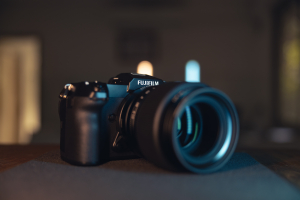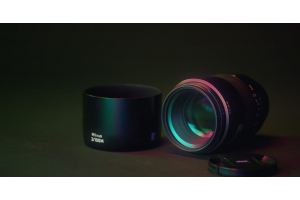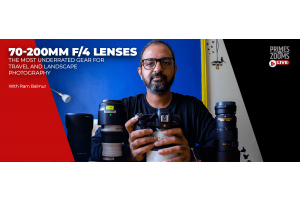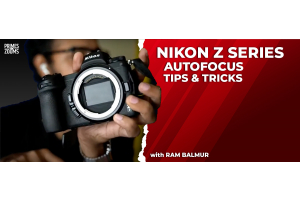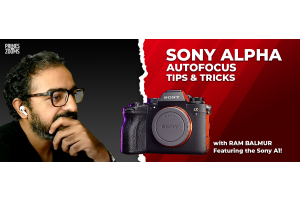DSLR vs Mirrorless
Sorry but the selected product is not available in the quantity you requested. Please enter your contact details below to see if we can accomodate your request
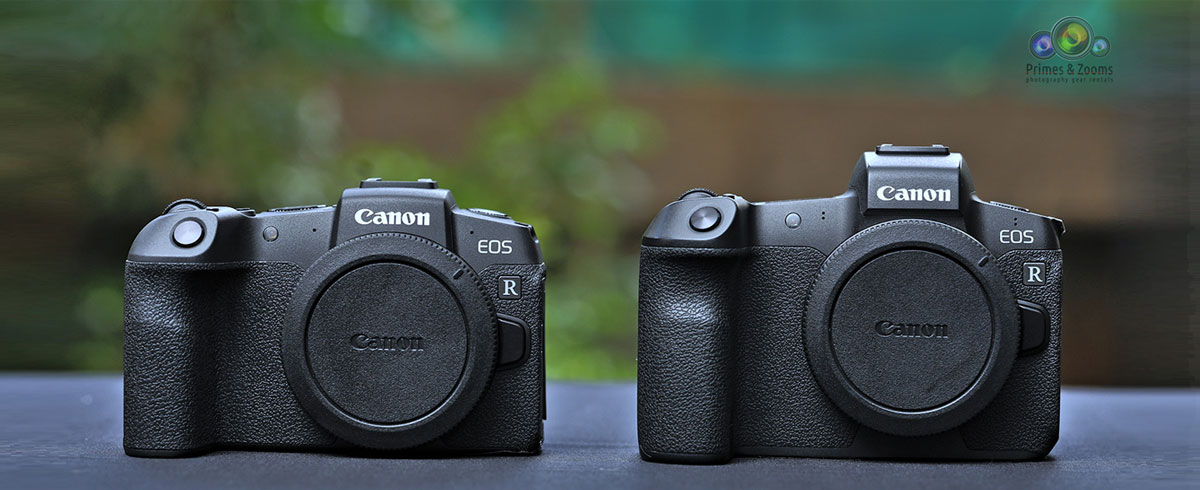
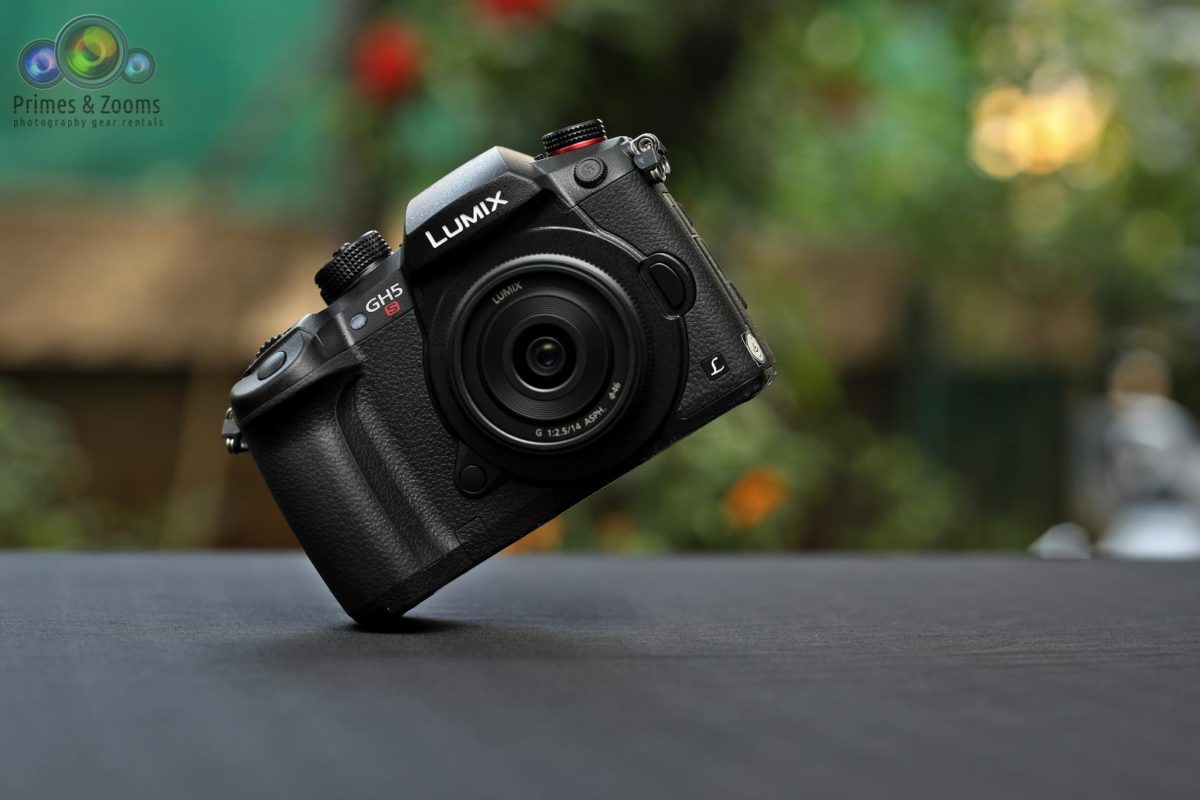
The Panasonic Lumix GH5s is a Micro 4/3 Mirrorless Camera specially designed for video Mirrorless cameras have been around for a while now but there is still a lot of confusion around the actual benefits of mirrorless cameras like the Canon EOS R and Nikon Z7 over traditional DSLRs like the Canon EOS 5D Mark IV and Nikon D850. This post talks about a few points you must consider if you are not sure which is better for you.
The Myths:
DSLR vs Mirrorless is currently one of the hottest topics of debate in the photography community. There is a lot of buzz around how mirrorless cameras are the latest tech and will render DSLRs obsolete in no time. However the fact is that, mirrorless cameras are now more than a decade old. Both Canon and Nikon were selling mirrorless cameras for the last few years. The only thing that has changed in the last year is that both OEMs launched their full-frame mirrorless cameras to compete with Sony’s A7 line-ups.
You may also have heard the switch to mirrorless being compared to the switch from analog to digital. However, the switch to digital impacted the entire workflow of the photographer and drove the adoption of social media networks. Switching to mirrorless is not going to lead to such a drastic change. In other words, mirrorless cameras are not likely to cause another disruption of the same magnitude.
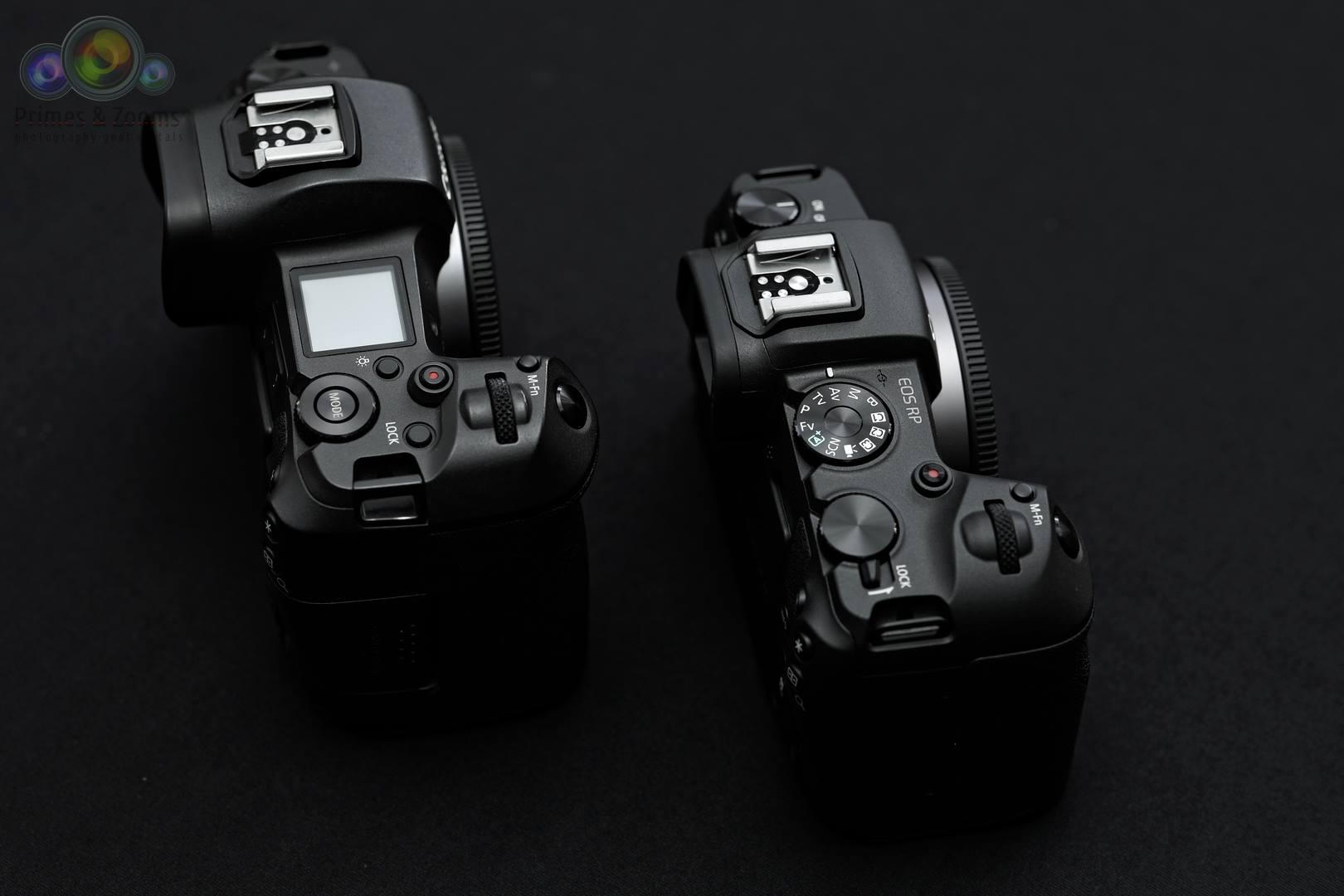
The Canon EOS R and the EOS RP – mirrorless counterparts of the 5D Mk IV and 6D Mk II Should you then be making the switch at all, either now or anytime in the future? What factors should you consider in making the decision? Here are a few points that will take you closer to the answer:
1. The Roadmap:The future undoubtedly is (largely) mirrorless. That said, DSLRs will not be replaced completely in the foreseeable future just as tablets have not replaced computers completely. There are certain things that will still require DSLR cameras and certain other things that mirrorless cameras will do much better. This means that you must evaluate the options for yourself before you take a decision either way.
2. Mirrorless Positives: The biggest advantage of mirrorless cameras is the simulation of exposure – you can check your exposure even as you shoot! Along with this come a number of other advantages of electronic viewfinders including the information overlays, touch and drag focus, an abundance of focus points, etc. Other advantages include in-body image stabilisation, lighter and more compact bodies and smaller lenses (sometimes).
3. Mirrorless Negatives: Mirrorless cameras also come with a few disadvantages – the sensor is exposed in most cameras, the battery usage is extremely high, there is a distinct screen blackout or freeze between shots, overheating is a problem to varying degrees and the smaller form factor is inconvenient if you have large hands.
4. Lenses: Lens options are much less of a concern today than they were only a few months back. Both Canon and Nikon have launched a series of lenses for use with their new mounts and have an interesting roadmap ahead. Additionally, both OEMs offer mount adapters that can be used for backward compatibility with their DSLR lenses. Sony already has a good line-up of lenses for the E mount.
5. What You Shoot:If you shoot a lot of video, there is a compelling case for switching to mirrorless and more so if you want to use your body with 3-axis gimbal stabilisers. If you shoot landscapes, portraits or events, you will benefit from the real-time exposure simulation and the reduced weight. However, if you shoot action (sports or wildlife), a DSLR is a much faster and better option at this point in time.
6. Pricing:Most mirrorless cameras at present – at least the good ones – are designed and priced for semi-pro or pro users. If you are a beginner, you may not find something that fits your budget. A DSLR is still the better option until OEMs launch mirrorless cameras in the entry-level segments. Alternatively, you can target a mid-tier camera like the Sony A6300/A6400 or the Canon EOS M50.
7. Cross-System Migration:If you are planning to switch camera systems completely, you may incur significant switching costs depending on where you are switching from and to. The switch from Canon DSLR to Sony mirrorless is the easiest because most Canon lenses can be adapted to Sony bodies with the help of adapters. If you are a Nikon user moving to Sony or Canon or a Canon user moving to Nikon, you have no option but to refresh your entire inventory. If you are a Sony A-mount user moving to the E-mount, you can use your A-mount lenses with the Sony adapter on any E-mount body.
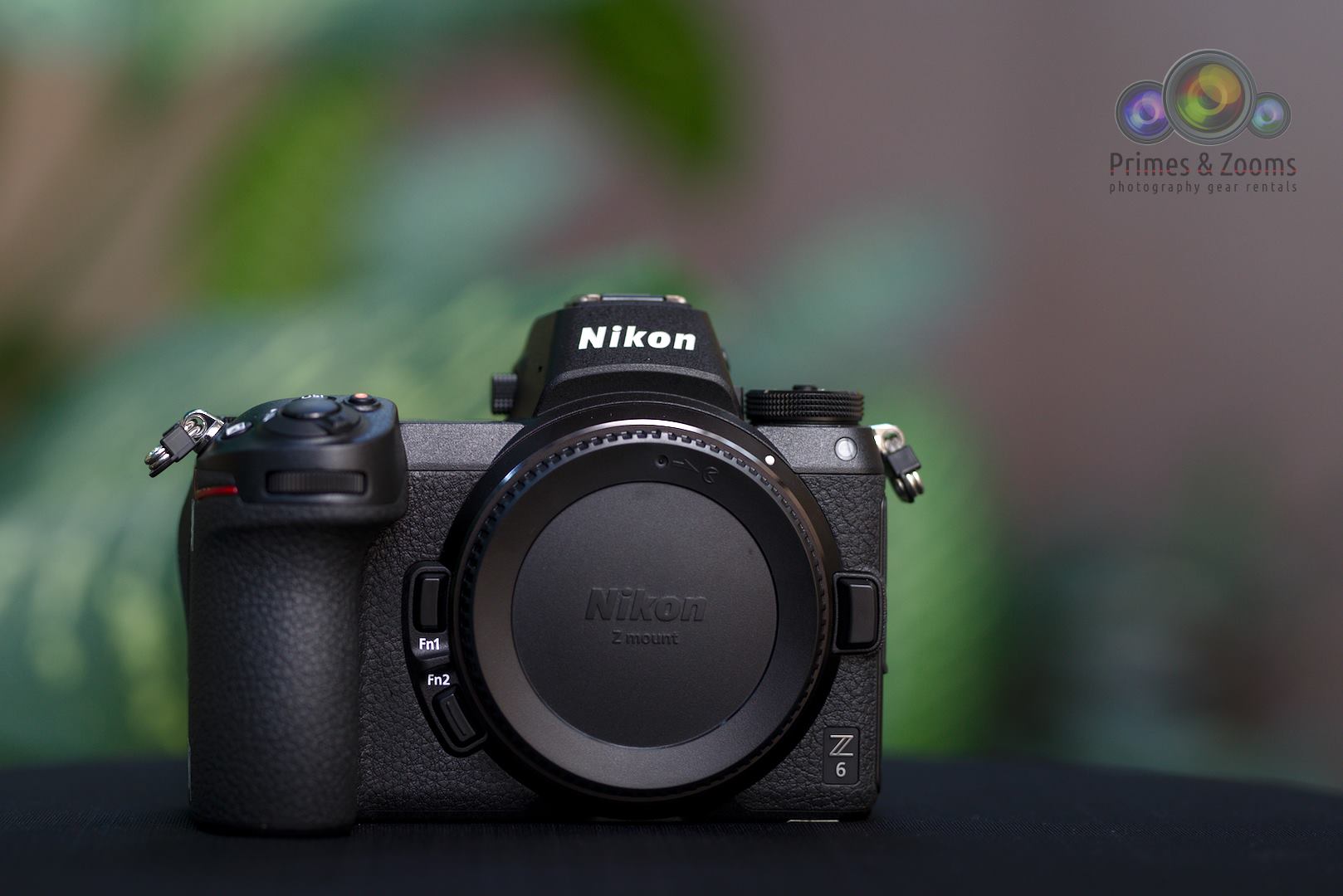
The Nikon Z6 and Z7 share an identical physical form and differ only in features The bottom line is that not everybody may benefit from the switch to mirrorless and the decision should not be automatic. The technology is yet to mature to the point where it will replace DSLRs completely and for some genres it never may. Another factor is that in a shrinking market, camera manufacturers will be forced to consolidate models to reduce cannibalisation and we may see the end of some existing models. This will however lead to the unleashing of the full potential of the new mounts, currently held back to safeguard existing product lines. For now, you need to decide for yourself whether it makes sense to swtich.
You can try the following mirrorless cameras at Primes & Zooms:
Full-frame mirrorless cameras: Canon EOS R, Canon EOS RP, Nikon Z7, Nikon Z6, Sony A9, Sony A7 Mk III, Sony A7R Mk III, Sony A7S Mk II
APS-C and Micro 4/3 mirrorless cameras: Canon EOS M50, Sony A6500, Sony A6400, Sony A6300, Fujifilm X-H1, Panasonic GH5, Panasonic GH5S
-Abhijit Mutha,,
Founder, Primes & Zooms




